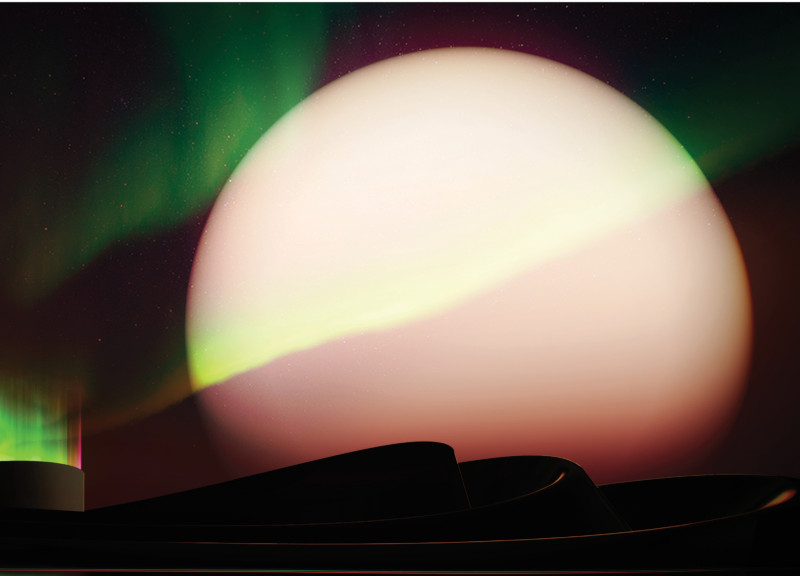5 key facts about this project
Aurora House combines living spaces, NFT galleries, and meeting areas into one design. Located in a contemporary environment, it serves multiple functions such as meditation, curating digital assets, and social interaction. The project emphasizes a connection between the virtual and physical worlds, driven by user movement and geographic location. This approach creates an engaging experience that adapts to individual needs.
Adaptability
The design of Aurora House enables fluid interactions, with the structure responding to user movements in real-time. The architecture shifts based on the geographic position of its occupants. Walls designed as "dancing lights" change colors and patterns to support different activities, blending practical use with visual interest. This adaptability keeps the experience fresh and relevant for users.
Dynamic Landscape
The surroundings feature a unique landscape that moves away from traditional designs. It is created using mathematical algorithms that allow for intentional control, highlighting concepts of dematerialism. Unlike typical landscapes formed by nature, this one is virtual and free from physical objects. The design radiates from a central point, encouraging users to interact with a space that focuses on virtuality rather than materiality.
NFT Gallery Integration
Aurora House also includes an NFT gallery that highlights the role of digital asset curation in modern living. Artworks are placed behind a liquid-like material, prompting close interaction from viewers. This design encourages engagement with the art, reminding occupants of the evolving connection between the physical and digital realms.
The walls of color create a visual experience that defines spaces and evokes emotions, enhancing the architectural narrative of Aurora House.






















































